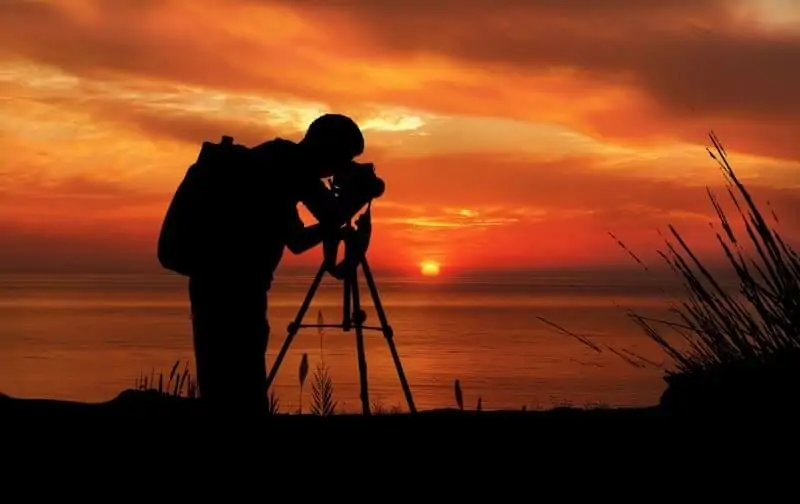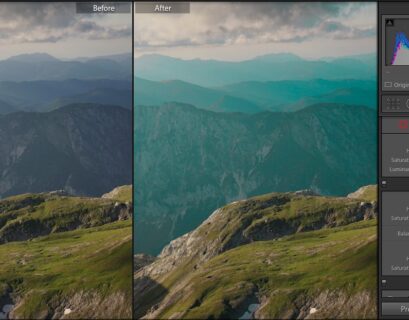As the day draws to a close, the sky transforms into a kaleidoscope of colors, a breathtaking spectacle that has captivated humans for centuries. The sunset, a natural phenomenon that never fails to inspire awe and wonder. For photographers, capturing the perfect sunset shot is a challenge that requires skill, patience, and a deep understanding of the art. In this article, we’ll delve into the best ways to capture the magic of a sunset, providing you with the tips, tricks, and techniques to take your sunset photography to the next level.
Understanding the Basics
Before we dive into the technical aspects of capturing a sunset, it’s essential to understand the basics of photography. A good camera, whether it’s a DSLR or a mirrorless camera, is a must-have. A camera with manual controls will give you the flexibility to adjust settings to suit your needs. A good lens, preferably with a wide-angle focal length (between 10-24mm), is also crucial for capturing the expansive landscape.
Timing is Everything
Timing is critical when it comes to capturing a sunset. The golden hour, the period just before sunset, is often considered the most photogenic time. During this period, the light is soft and warm, casting a golden glow on the landscape. However, it’s essential to arrive at your location well before the sunset to account for any unexpected delays or changes in the weather.
Composition is Key
Composition is the backbone of photography, and capturing a sunset is no exception. When composing your shot, consider the rule of thirds, placing the horizon at the bottom third of the frame. This will create a sense of balance and harmony in your image. Don’t be afraid to experiment with different angles and perspectives, such as shooting from a low or high vantage point.
Lighting is Everything
Lighting is the lifeblood of photography, and capturing a sunset is no exception. The soft, warm light of the golden hour is ideal for capturing the vibrant colors of the sunset. However, be prepared for the light to change rapidly, and be prepared to adjust your settings accordingly. A polarizing filter can help reduce glare and enhance the colors of the sunset.
Camera Settings
When it comes to camera settings, the key is to be flexible and adaptable. Start by setting your camera to manual mode (M) and adjust the exposure compensation to +1 or +2 to account for the changing light. A slower shutter speed (around 1/30s to 1/60s) can help create a sense of motion and blur in the clouds. Don’t be afraid to experiment with different settings and adjust as needed.
Tips and Tricks
Here are a few additional tips and tricks to help you capture the perfect sunset:
- Be prepared: Arrive at your location well before the sunset to account for any unexpected delays or changes in the weather.
- Use a tripod: A tripod will help you stabilize your camera, allowing you to take sharper images and reducing camera shake.
- Shoot in RAW: Shooting in RAW format will give you more flexibility when editing your images, allowing you to make adjustments to exposure, contrast, and color balance.
- Bracket your shots: Bracketing your shots will allow you to capture a range of exposures, which can be merged later to create a single image with a wider dynamic range.
- Experiment with different angles: Don’t be afraid to experiment with different angles and perspectives, such as shooting from a low or high vantage point.
Post-Processing
Post-processing is an essential step in capturing the perfect sunset. Adobe Lightroom and Photoshop are powerful tools that can help you enhance the colors, contrast, and exposure of your images. Here are a few tips to keep in mind:
- Adjust the exposure: Adjust the exposure to balance the light and dark areas of the image.
- Enhance the colors: Use the color grading tools to enhance the vibrant colors of the sunset.
- Adjust the contrast: Adjust the contrast to create a sense of depth and dimension in your image.
Conclusion
Capturing the perfect sunset is a challenge that requires skill, patience, and a deep understanding of the art. By understanding the basics of photography, timing, composition, lighting, and camera settings, you’ll be well on your way to capturing the magic of a sunset. Remember to be flexible, adaptable, and willing to experiment with different settings and techniques. With practice and patience, you’ll be able to capture the perfect sunset, a moment that will be etched in your memory forever.










